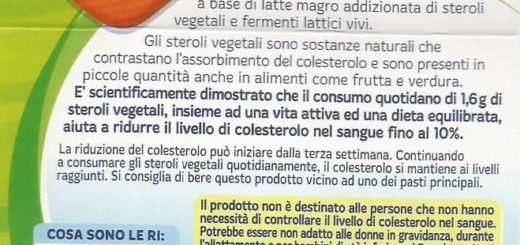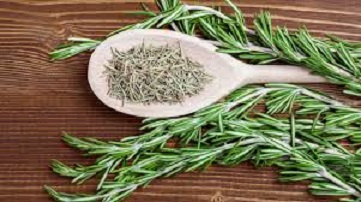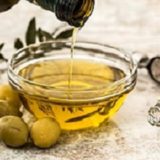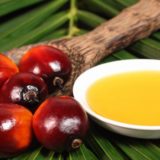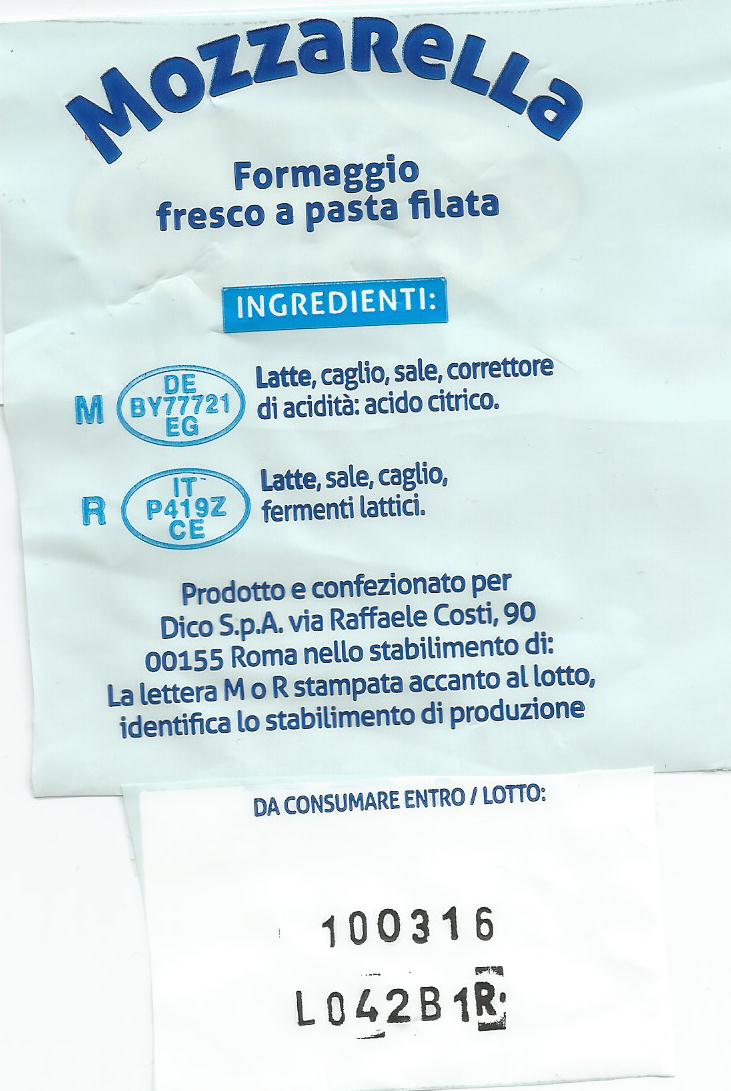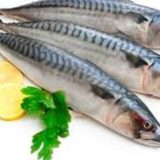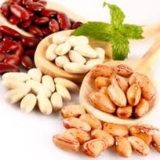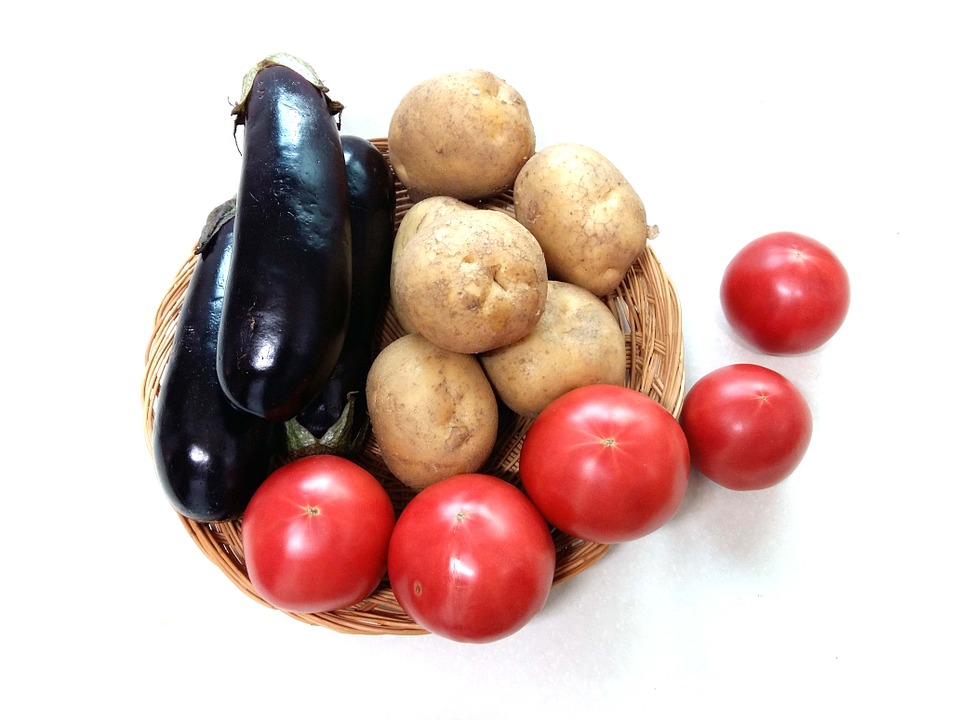Fave, un baccello antico
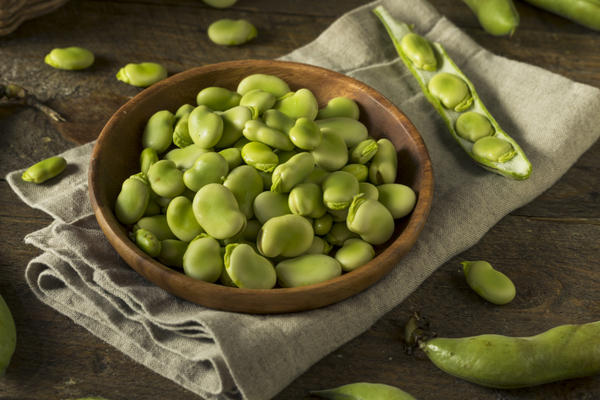
Il termine “fava” si riferisce a una pianta erbacea, il cui nome scientifico è Vicia faba L. o Faba vulgaris, una leguminosa appartenente alla famiglia delle Fabaceae e ai semi che produce. La pianta produce baccelli lineari contenenti da 6 a 10 semi ovali e piatti, di dimensioni e colori differenti a seconda della varietà:
- Fava Grossa (Vicia faba maior), presenta baccelli con semi appiattiti e grossi, adatti per l’alimentazione umana;
- Favino o Fava Piccola (Vicia faba minor), produce semi piccoli e tondi che vengono impiegati per seminare erbai e sovesci (usata per ripristinare gli elementi nutritivi del terreno tra una coltura e l’altra) o per l’alimentazione del bestiame;
- Favetta o Fava Cavallina (Vicia faba equina), produce semi appiattiti di media grandezza destinati all’alimentazione del bestiame e dell’uomo come granella fresca inscatolata o surgelata.
Le fave fanno parte dell’alimentazione dell’uomo da tempi molto remoti. Infatti gli studi paleobotanici ci dicono che già nel Neolitico la fava e il favino erano il legume più diffuso e consumato, insieme alla lenticchia.
I mesi di maggio e giugno sono quelli in cui trovare più facilmente le fave fresche anche se alcune varietà particolarmente precoci sono disponibili già nel mese di aprile.
In generale, 100 grammi di fave fresche contengono: 83,9 g di acqua, 5,2 g di proteine, 4,5 g di carboidrati, 4,5 g di fibra insolubile; vitamina A, C, K e folati, oltre a potassio, calcio, ferro in buona quantità, fosforo, magnesio, rame, selenio, manganese. Dal punto di vista calorico, 100 grammi di prodotto fresco edibile contengono 72 calorie. Invece le calorie delle fave secche sono pari a 341 ogni 100 grammi di prodotto e le calorie delle fave surgelate sono 62 per 100 grammi di prodotto.
Circa il 30% delle proteine contenute in questo legume sono ricche di lisina, un aminoacido essenziale importante nel funzionamento dell’organismo umano.
Il contenuto di fibra oltre a favorisce il senso di sazietà aiuta la motilità intestinale.
La presenza di un amminoacido, L-dopa o levo-dopa, in grado di alzare i livelli di dopamina nel cervello, potrebbe aiutare a controllare i sintomi a carico dell’apparato motorio in caso di morbo di Parkinson, ma non esistono prove certe della loro efficacia clinica.
Nella scelta del prodotto le fave secche devono essere integre, mentre quelle fresche devono avere baccelli sodi e semi verdi e se sulla sommità del prodotto fresco notate la presenza di un “occhio nero” evitate di acquistarle.
Per quanto riguarda la conservazione, i baccelli freschi si mantengono in frigorifero, nello scomparto di frutta e verdura, per circa 3-4 giorni ma con il tempo la frigoconservazione rende duri i semi all’interno. Quelle secche, riposte in contenitori a chiusura ermetica e tenuti in un luogo buio, possono essere conservate per circa un anno.
Le fave secche private del tegumento non necessitano di ammollo preventivo, invece quelle con guscio vanno cotte solo dopo un ammollo di almeno 16 ore.
Purtroppo questo alimento non può proprio essere mangiato dalle persone affetta da favismo, una patologia genetica ereditaria, caratterizzata da un deficit enzimatico: il glucosio-6-fosfato-deidrogenasi (G6PD), che si manifesta con gravi crisi emolitiche.

Quest’opera è distribuita con Licenza Creative Commons Attribuzione – Non commerciale – Condividi allo stesso modo 4.0 Internazionale
English version
Broad beans, an ancient pod
The term “fava” refers to a herbaceous plant, whose scientific name is Vicia faba L. or Faba vulgaris, a legume belonging to the Fabaceae family and the seeds it produces. The plant produces linear pods containing 6 to 10 oval and flat seeds, of different sizes and colors depending on the variety:
Broad bean (Vicia faba maior), has pods with flattened and large seeds, suitable for human consumption;
Broad bean or broad bean (Vicia faba minor), produces small and round seeds that are used for sowing weeds and green manures (used to restore the nutrients of the soil between one crop and another) or for feeding livestock;
Favetta or Fava Cavallina (Vicia faba equina), produces flattened seeds of medium size intended for feeding livestock and humans as fresh canned or frozen grains.
Broad beans have been part of man’s diet since very ancient times. In fact, paleobotanical studies tell us that already in the Neolithic the broad bean and the field bean were the most widespread and consumed legume, together with the lentil.
The months of May and June are the ones in which to find fresh fava beans more easily even if some particularly early varieties are available as early as April.
In general, 100 grams of fresh broad beans contain: 83.9 g of water, 5.2 g of protein, 4.5 g of carbohydrates, 4.5 g of insoluble fiber; vitamins A, C, K and folates, as well as potassium, calcium, iron in good quantity, phosphorus, magnesium, copper, selenium, manganese. From a caloric point of view, 100 grams of fresh edible product contain 72 calories. Instead, the calories of dried broad beans are equal to 341 per 100 grams of product and the calories of frozen broad beans are 62 per 100 grams of product.
About 30% of the proteins contained in this legume are rich in lysine, an essential amino acid that is important in the functioning of the human body.
The fiber content in addition to promotes the sense of satiety helps intestinal motility.
The presence of an amino acid, L-dopa or levodopa, capable of raising dopamine levels in the brain, could help control the symptoms affecting the motor system in the case of Parkinson’s disease, but there is no clear evidence of their effectiveness. clinic.
When choosing the product, the dried beans must be intact, while the fresh ones must have firm pods and green seeds and if you notice the presence of a “black eye” on the top of the fresh product, avoid buying them.
As for conservation, the fresh pods are kept in the refrigerator, in the fruit and vegetable compartment, for about 3-4 days, but over time the cold storage makes the seeds hard inside. The dry ones, placed in airtight containers and kept in a dark place, can be stored for about a year.
The dried broad beans without the integument do not need to be soaked in advance, while those with shells should be cooked only after soaking for at least 16 hours.
Unfortunately, this food cannot be eaten by people suffering from favism, a hereditary genetic disease characterized by an enzyme deficiency: glucose-6-phosphate-dehydrogenase (G6PD), which manifests itself with severe haemolytic crises.


